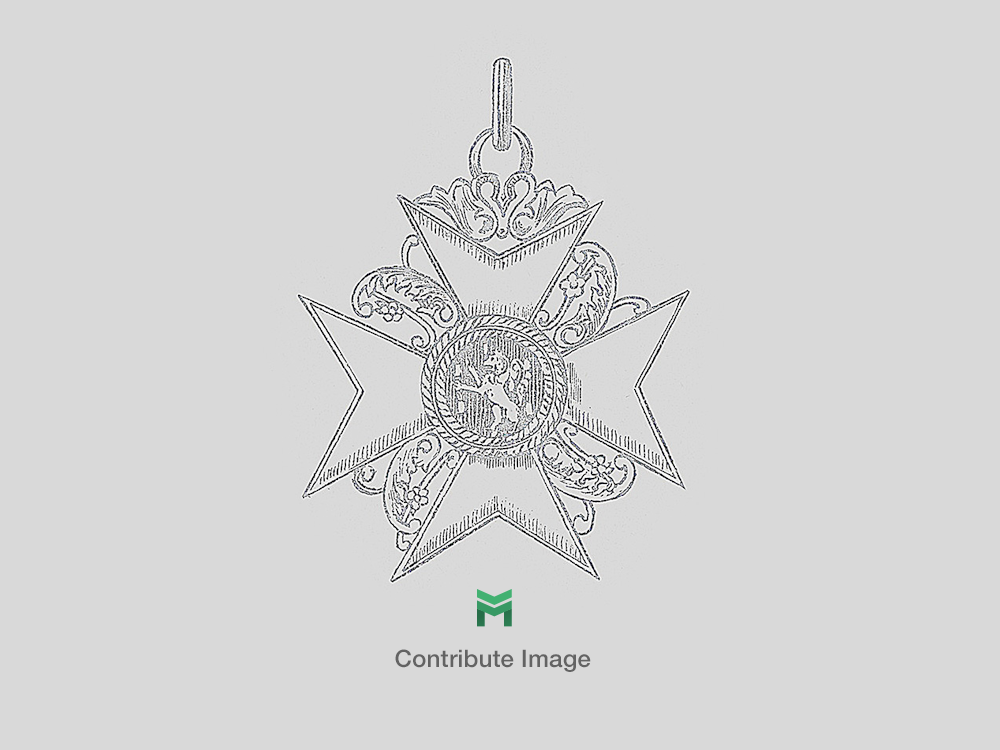German Army Oberfeldwebel Equivalent Specialist Shoulder Boards
SKU: 20.GOR.03.02.02.06.02.004
Estimated market value:

Estimated market value:
Attributes
History
Shoulder boards or straps were first and foremost used to identify a soldier’s rank. In certain cases they would also identify the soldier’s branch and unit, and potentially his specific role/career. For these purposes, shoulder boards often feature a branch colour, sometimes complimented by either a letter, a number, or a device, or any combination of these.
Shoulder straps were worn by lower ranks, whereas shoulder boards were worn by higher ranks. The difference lies in the quality of the material, the more elaborate look of the shoulder boards, and the fact that shoulder boards were padded and therefore more stiff, while shoulder straps generally were not. For the sake of simplicity, the terms will be used interchangeably.
Shoulder straps differ in size due to varying production methods and materials, how many numbers and letters they have to hold, and even the wearer’s shoulder size.
Specialist Officers (Sonderführer) wore shoulder cords (Schulterschnüre) instead of shoulder boards or straps. There were five different groups of Specialists, each with their own shoulder cord design.
Shoulder boards for Sonderführer in the style of the regular Army shoulder boards, but with grey-blue branch colour backing and interwoven with black/white/red silk threads, were introduced in 1940, but then discontinued again in 1942 and replaced by the earlier worn cords.
Post group B Specialists were of Major equivalent, group K were of Hauptmann (Captain) equivalent, group Z were of Leutnant (Lieutenant) equivalent, group O were of Oberfeldwebel (Master Sergeant) equivalent, and group G were of Unteroffizier (NCO) equivalent.
Specialists served in different roles, including as battalion leaders, doctors, veterinaries, and interpreters.
Post group B Specialists wore intertwined flat aluminum cords. Those in post group K wore dual parallel aluminum cords featuring two slides of intertwined golden-yellow artificial silk. Those in group Z wore the same cords as group K, but without the slides. Those in group O wore the same design as group K, but with dark blue-green cords and aluminum slides. Those in group G wore the same cords as Group O, but with only one slide instead of two.


Comments
Sign in to comment and reply.


Scroll Top